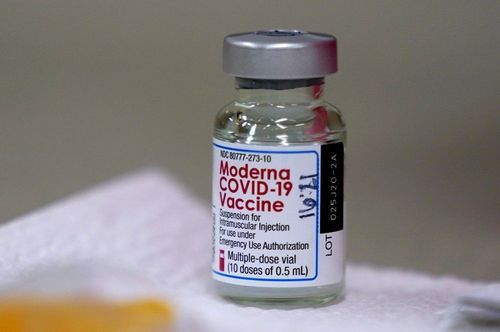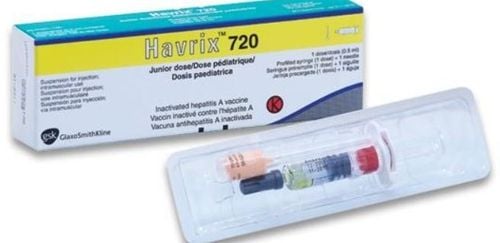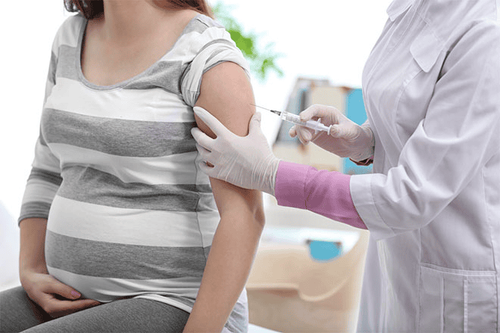This is an automatically translated article.
This article provides you with additional information about vaccination guidelines recommended by the Centers for Disease Control and Prevention (CDC).1. Immunity and disease prevention by vaccines in the principle of vaccination
Immunity is the body's ability to recognize and accept its own components and factors, and at the same time attack and exclude invading components and factors from outside. Thanks to immunity, the body fights off infectious diseases, because most microorganisms are recognized by the immune system as foreign. Immunity to a foreign organism is the presence of antibodies to that organism. There are two mechanisms for achieving immunity, active and passive.Active immunity is protection created by the body's immune system. This type of immunity lasts for many years (usually a lifetime). Passive immunity is protection initially created by the animal or human body, and then passed on to the user. Passive immunity also provides effective protection, but this protection is short-lived (usually for weeks or months). The immune system is a complex system of cells that work in concert to recognize foreign factors, called antigens. The immune system provides protection against antigens (called the immune response), which is usually involved in the production of antibodies by B lymphocytes and a number of other cells (including T cells). ).
The most effective immune response is usually an immune response to a live antigen, but it does not have to be a living antigen to induce an immune response.
2. Classification of vaccines in vaccination principles
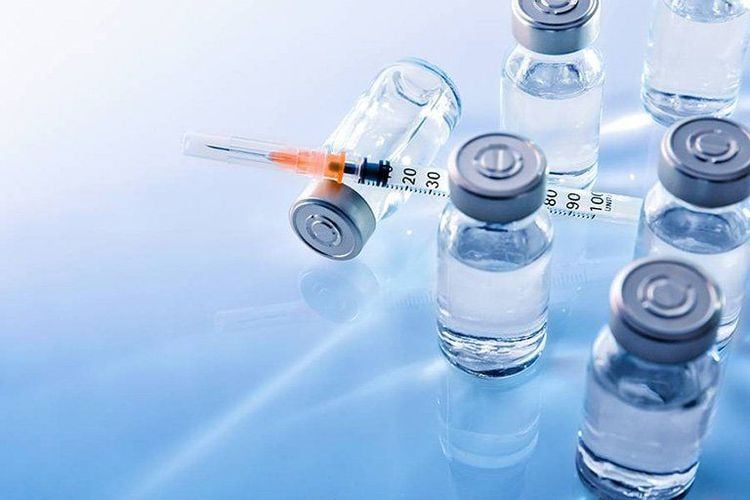
Trong nguyên tắc tiêm chủng có hai loại vắc-xin cơ bản, đó là vắc-xin sống giảm độc lực và vaccine bất hoạt
Live attenuated vaccines are created by minimizing or eliminating the pathogenicity of viruses or bacteria while retaining their ability to multiply and produce immunity. Thanks to this process, humans can safely use live attenuated vaccines.
Inactivated vaccines contain either intact viruses or bacteria, or only part of them (may be protein or polysaccharide).
2.1 Live attenuated vaccines Live attenuated vaccines are produced from pathogens (either viruses or bacteria). These agents have been attenuated (weakened), usually by repeated culture. Using measles vaccine as an illustration, measles virus was isolated from a child patient in 1954, it took nearly 10 years of culture to create a live attenuated virus to make a measles vaccine.
In order to induce an immune response and the principle of vaccination, a live attenuated vaccine must be able to replicate inside the body of the person receiving the vaccine. Therefore, the use of live attenuated vaccines is essentially the introduction of a very small dose of a virus or bacteria (reduced or attenuated) into the body, so that they multiply and form a population sufficient to Initiates the body's immune response. Any agent acting on the vaccine (light, temperature, ...) or affecting the multiplication process inside the body will cause the vaccine to be reduced or ineffective.
Although it multiplies in the body, the person using the vaccine will not get sick because the pathogen in the vaccine is no longer the same as the original. If the user does get sick, the severity of the illness is also much milder than if it were naturally ill, and this is called an adverse reaction.
The immune response obtained from a live attenuated vaccine is exactly the same as in natural disease (live attenuated vaccine is the most effective type of immune response vaccine). However, some vaccines require a booster dose to reinforce the immune response.
Live attenuated vaccines can cause serious or life-threatening reactions stemming from uncontrolled replication of the vaccine agent, but this only happens when the person uses it. immunocompromised vaccines.
Theoretically, the agent in the vaccine can be converted back to its original form (full virulence), but this phenomenon has only been observed with live attenuated polio vaccine (oral).
In the principle of vaccination, live attenuated vaccines include measles, mumps, rubella, polio (oral), smallpox, chickenpox, BCG, and typhoid (oral) vaccines. ), yellow fever, rotavirus and influenza.
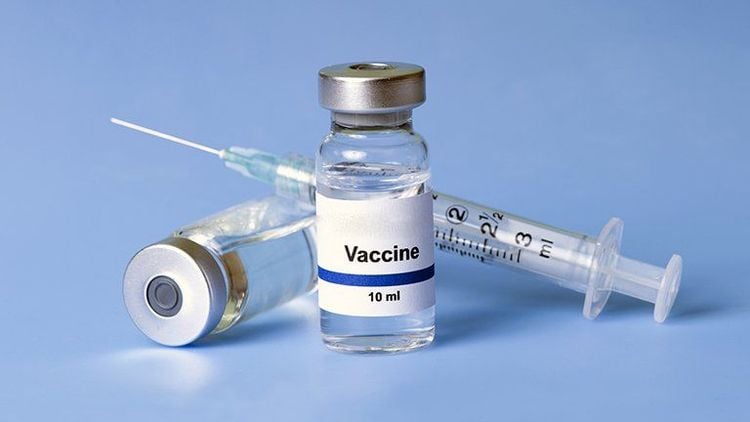
Trong nguyên tắc khi tiêm chủng vắc-xin, các vắc-xin sống giảm độc lực hiện có bao gồm vaccine phòng sởi, quai bị, rubella, bại liệt (uống), đậu mùa, thủy đậu, BCG, thương hàn (uống), sốt vàng, rota virus và cúm
Inactivated vaccines do not contain live agents, therefore cannot replicate, and therefore must provide the required amount of antigen in one dose. The advantage of this vaccine is that it cannot cause disease in any case, even in immunocompromised people.
Inactivated vaccines always require repeated doses, because a single dose will not produce the necessary immune response. And most inactivated vaccines only induce humoral immunity but not cellular immunity.
In the principle of vaccination, inactivated vaccines are available against pertussis, diphtheria, tetanus, typhoid, cholera, plague, anthrax, polio, rabies, influenza, hepatitis A, hepatitis B, and HPV.
2.3 polysaccharide vaccine Polysaccharide vaccine is a special vaccine, belonging to the group of submolecular inactivated vaccines, which contains the shell of certain bacteria (essentially a long chain of molecules). Street). Currently available vaccines in this category include pneumococcal, meningococcal, Salmonella Typhi and Hib vaccines.
2.4 Recombinant Live Vaccines Live recombinant vaccines are based on genetic engineering and are available today including Salmonella Typhi, hepatitis B, HPV, and influenza vaccines.
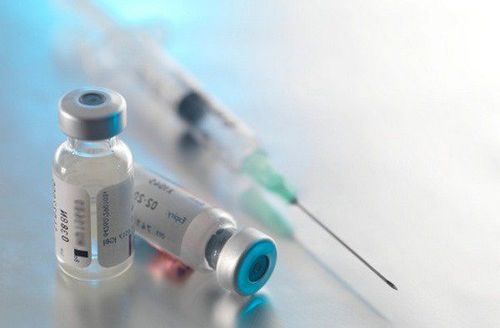
Vắc-xin cúm là một trong số những loại vắc-xin sống tái tổ hợp
Please dial HOTLINE for more information or register for an appointment HERE. Download MyVinmec app to make appointments faster and to manage your bookings easily.
Source Reference: CDC.gov



